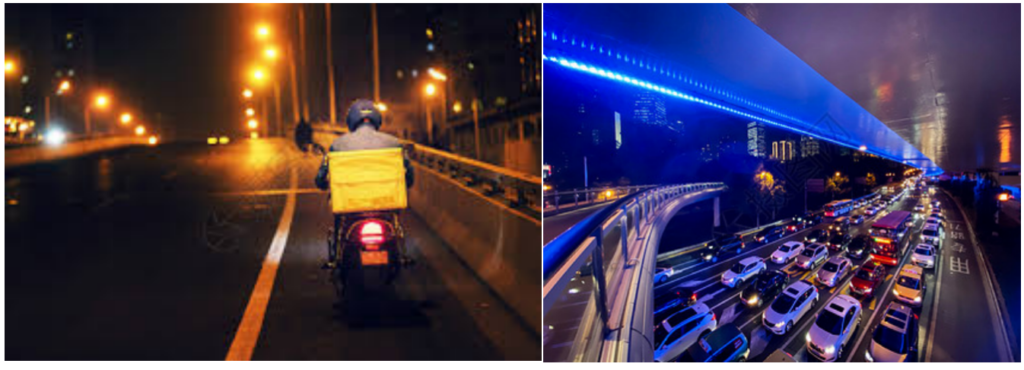Introduction
The importance of Fail-On and Fail-Off modes in street light controllers
In the application of street light controllers, the selection of Fail-On and Fail-Off modes is crucial to the safety and function of the system. Street light controllers are mainly used to automatically control the switch of street lights according to the ambient light, and different failure modes will affect their performance in the fault state. The following is a detailed explanation and application considerations of the two modes:
Fail-On mode (failure remains on)
Fail-On mode means that when the photocontroller fails, the street light will remain on and continue to provide lighting.
Application scenarios
- Areas where public safety is prioritized: In roads, blocks and public places, Fail-On mode is usually given priority. If the photocontroller fails, the street light remains on to help ensure traffic and pedestrian safety at night. Even if the control system fails, the continuity of lighting can effectively reduce safety hazards.
- Important sections or critical infrastructure: It is crucial to maintain continuous lighting around highways or important infrastructure. Fail-On mode ensures that these areas still have enough light to prevent potential dangers when the photocontroller fails.

Advantages
- Improve nighttime safety: Fail-On mode ensures that nighttime lighting will not be interrupted in the event of a photocontrol failure, which is very important for preventing traffic accidents and improving public security.
- Easy to diagnose faults: When a lamp continues to light up, the fault can be quickly attributed to the photocontrol problem. The design of this mode makes fault detection more intuitive and reduces troubleshooting time.
Disadvantages
Increase energy consumption: Although continuous lighting increases energy consumption.
But compared with the safety risks caused by lack of lighting, this additional consumption is usually acceptable.
Fail-Off mode (failure remains closed)
Fail-Off mode means that when a photocontrol fails, the street light is turned off.
Application scenarios
- Energy-sensitive areas: In areas with resource shortages or strict power restrictions, Fail-Off mode may be a better choice. This mode ensures that there is no continuous power consumption when the photocontrol fails.
- Low-risk areas: In some areas with low traffic and sparse nighttime traffic, such as suburban roads or industrial areas, Fail-Off mode can effectively save energy.

Advantages
Reduced energy waste: Fail-Off mode avoids continuous energy consumption caused by photocontrol failure, especially for places without maintenance for a long time.
Disadvantages
- Difficult to diagnose the source of the fault: However, when the lamp does not light due to a fault, it is difficult to directly determine whether it is a photocontrol problem or a fault in the lamp itself. This increases the complexity of troubleshooting and repair, especially in remote or unmonitored areas.
- Potential safety hazards: Fail-Off mode may increase the risk of traffic accidents and public security problems at night, especially in high-risk areas where continuous lighting is required.

Summary and recommendation
In the application of street light controllers, Fail-On mode is generally more suitable for scenarios where continuous lighting is required to ensure public safety, such as urban streets and highways. Fail-Off mode is suitable for areas with higher energy management requirements and less nighttime activities.
Depending on the application scenario, fault diagnosis requirements and safety priorities, choosing the right fault mode can help street light control systems achieve higher safety and efficiency.
Zhejiang Leadtop Electric Co., Ltd. is a company specializing in the design, production and manufacturing of photocontrols. Most of our products can choose Fail-On and Fail-Off modes according to customer needs. However, some products, such as thermal photocontrollers, can only provide Fail-On mode. For example, our LT11 series rotary lock thermal photocontrollers and LT16 series electromagnetic photocontrollers are designed based on working principles, safety and reliability, and technical limitations.

If you have any project needs, please feel free to contact us. We will tailor the most suitable photocontroller solution for you according to your specific requirements, ensuring that the product fully meets your project needs in terms of function and performance, and help your project to be implemented smoothly and successfully.







